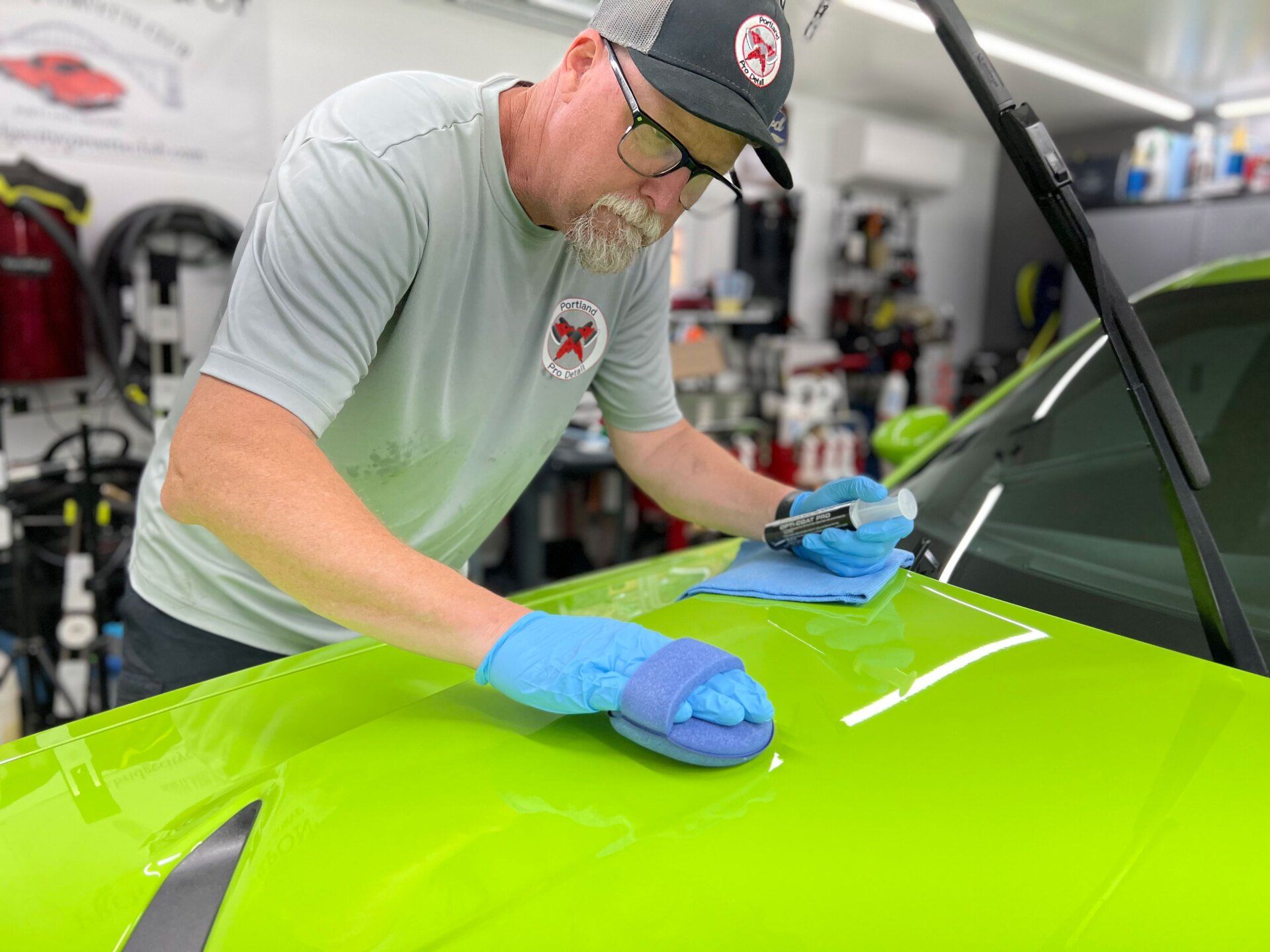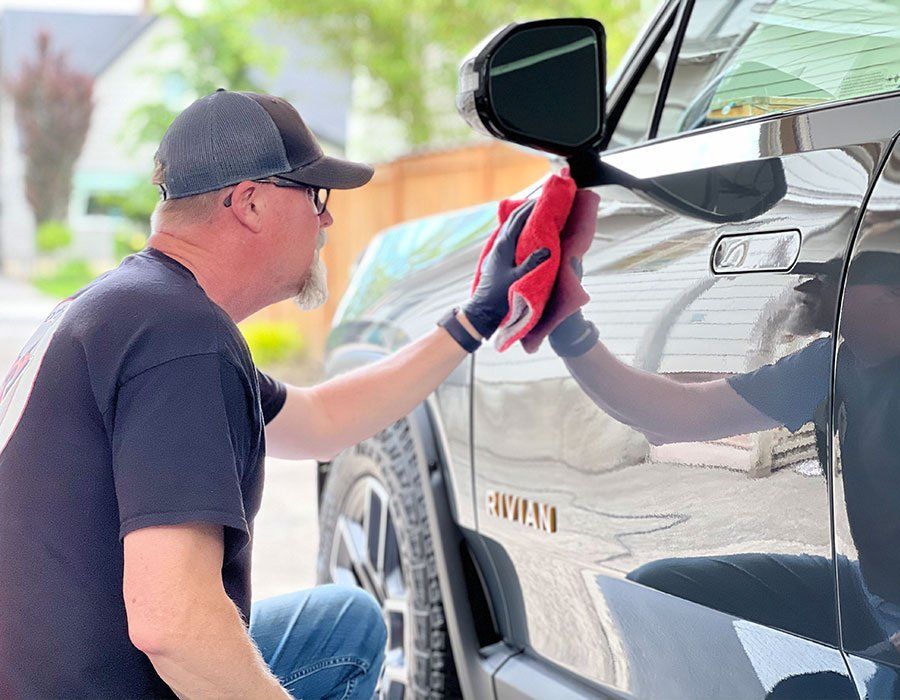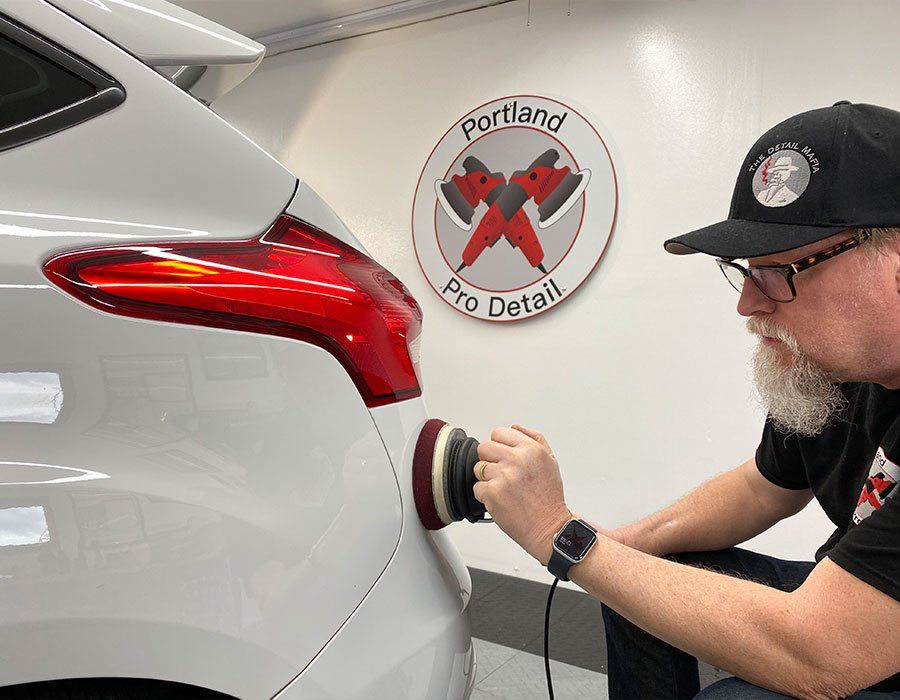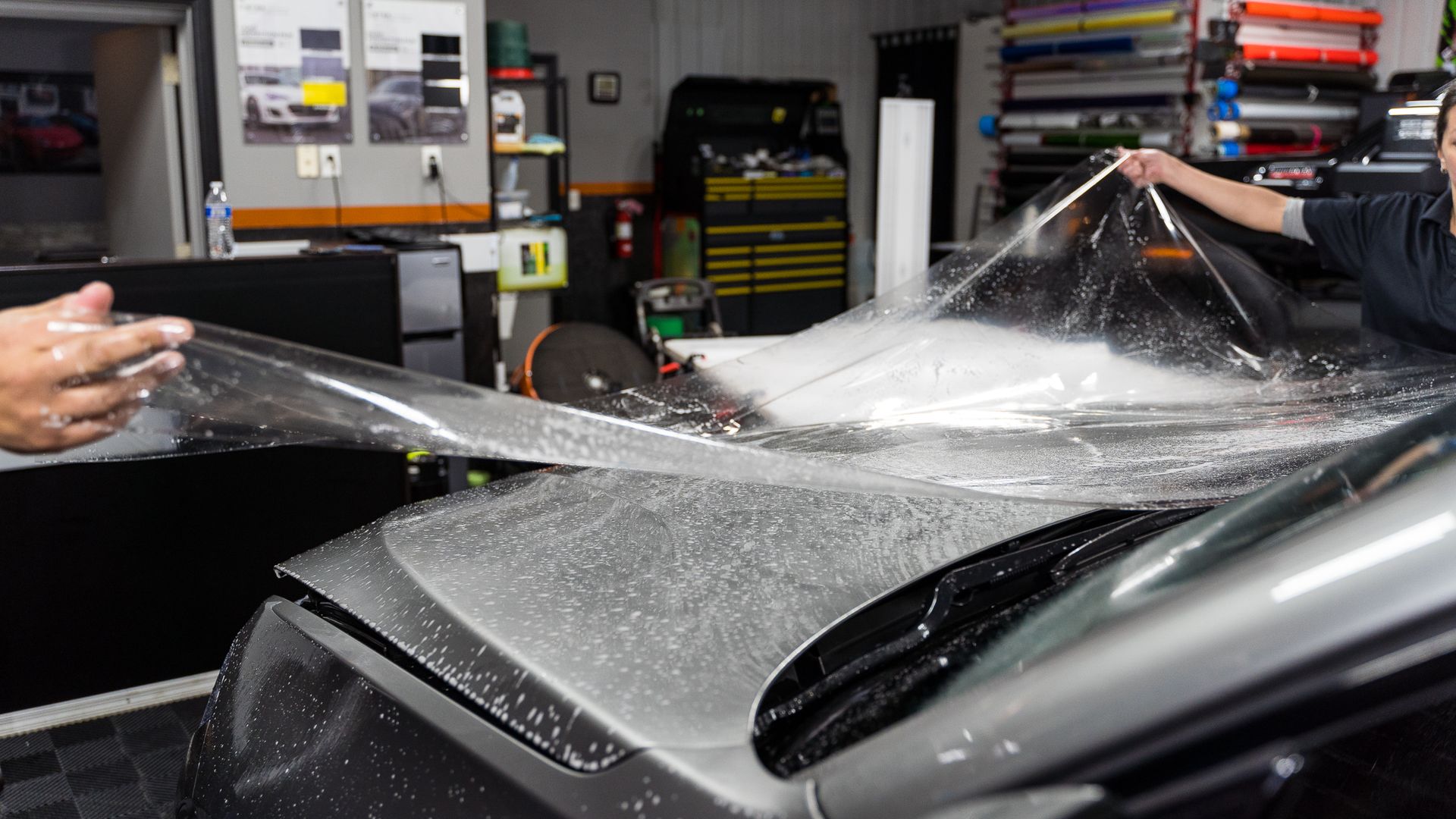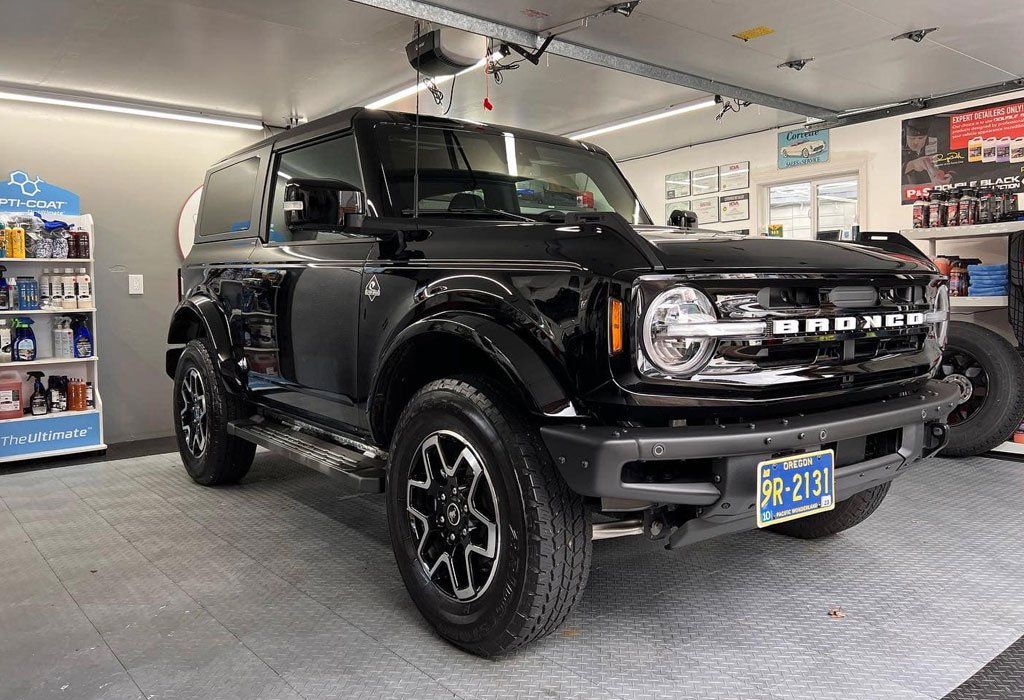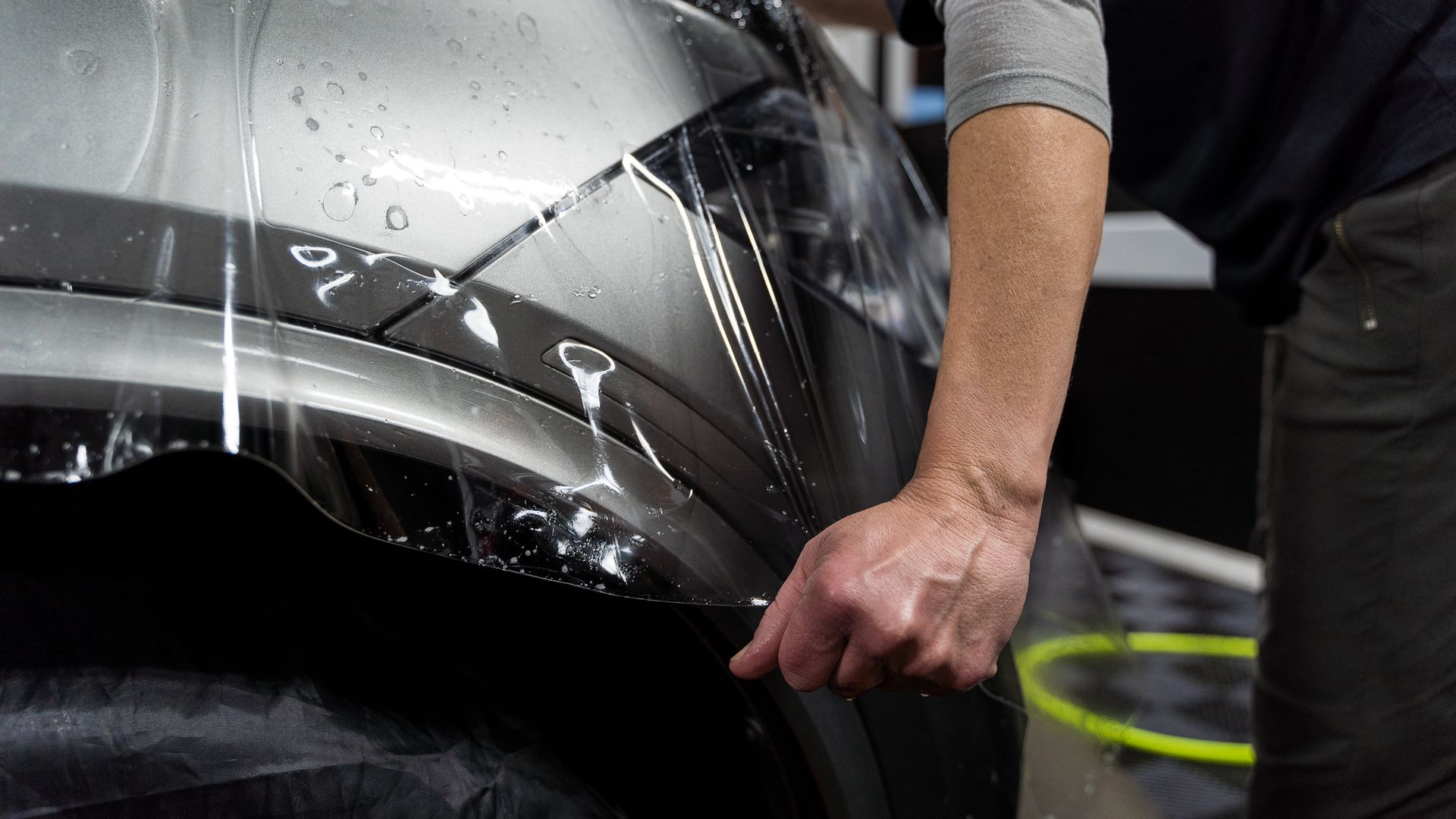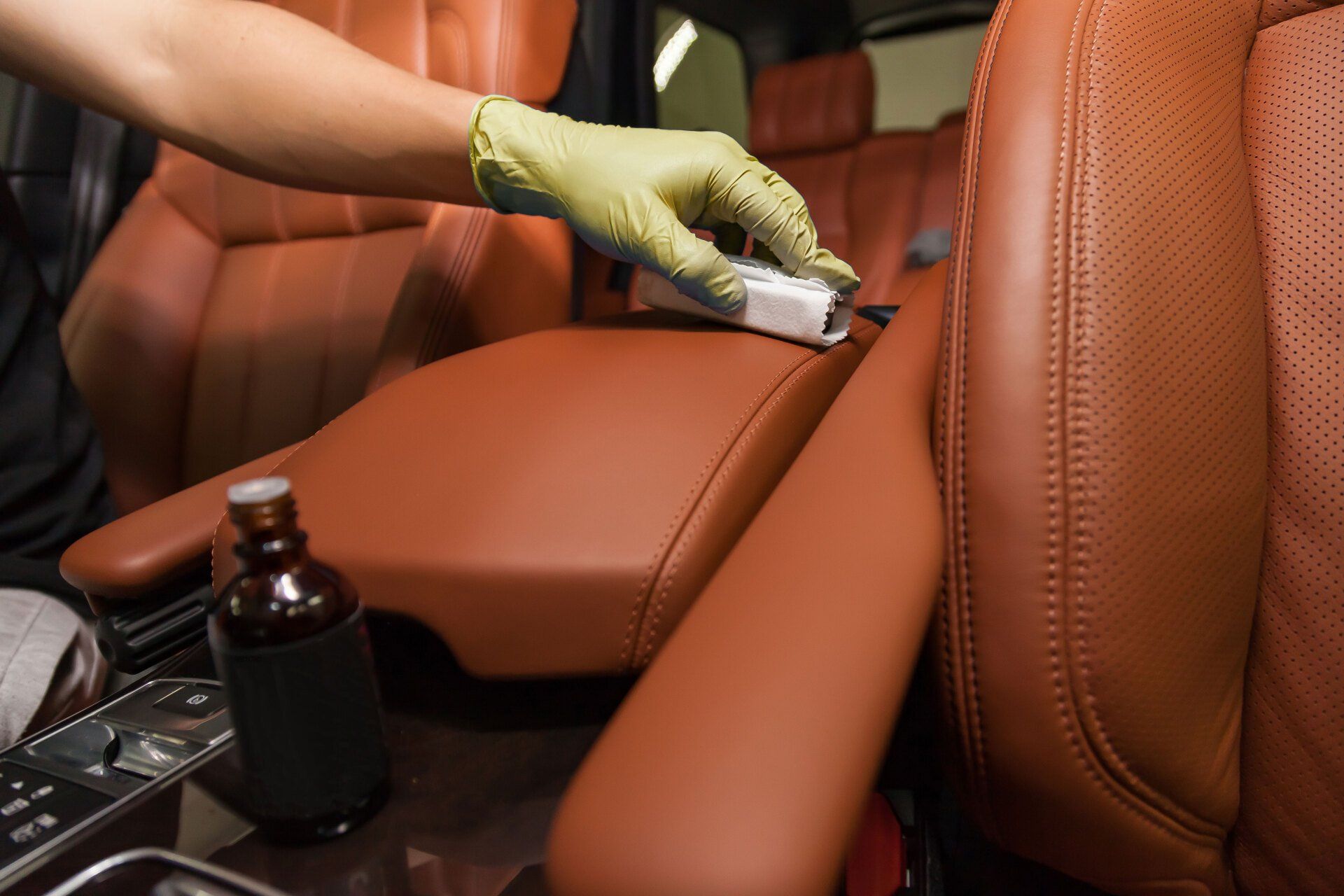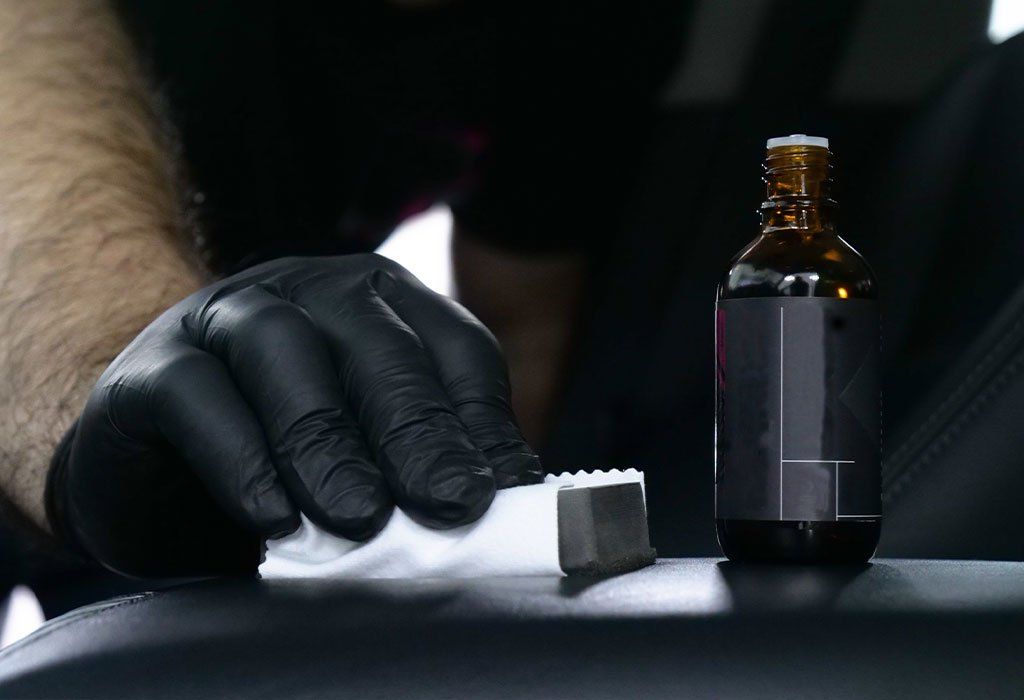How to Choose the Right PPF Thickness for Vehicle Protection
CALL (503) 444-7415
When it comes to protecting your vehicle, choosing the right thickness of paint protection film (PPF) can feel overwhelming. With so many options and factors to consider, it’s essential to figure out what works best for your car and driving style. Whether you’re cruising through city streets or conquering rugged terrains, having the right paint protection film thickness can save you from costly repairs down the road. Many drivers overlook this crucial step, leading to unexpected damage that could have been easily prevented.
To choose the right PPF thickness for your vehicle, consider factors such as your driving habits and environmental exposure; for instance, a thickness of 6 mils is suitable for everyday vehicles with moderate exposure, while high-performance or off-road vehicles may benefit from 10 mils for optimal protection against harsher conditions. Additionally, consulting with a professional PPF installer can help you make an informed decision tailored to your specific needs.
Factors to Consider When Choosing PPF Thickness
- Driving Conditions: One of the primary considerations is the driving conditions you encounter on a regular basis. For instance, if your typical routes include less-traveled roads littered with pebbles and debris, investing in a thicker film is essential. A thickness of 10–12 mils is ideal for those enduring off-road adventures or driving through construction zones where exposure to larger rocks is inevitable. Conversely, if your daily commute primarily involves smooth urban streets, a moderate thickness of around 7-8 mils may be more than sufficient. This weight will protect effectively against light debris and minor scratches while retaining flexibility and allowing for a smoother application.
- Vehicle Value: Another significant factor to contemplate is the value of your vehicle. Owners of high-end luxury cars or high-performance sports vehicles should opt for thicker layers of PPF—generally around 10 mils—to ensure robust protection against potential paint damage. Not only does this kind of coverage preserve the aesthetics of a high-value vehicle, but it also acts as an investment in maintaining resale value. A thick layer can prevent scratches that might otherwise lead to costly repairs down the line. On the other hand, if your vehicle falls within the mid-range spectrum, you might find a balance between cost-effectiveness and adequate protection by selecting a film with a thickness closer to 6–8 mils.
- Usage Frequency: Usage frequency is another pivotal aspect in determining paint protection film thickness. If you drive your car daily and expose it regularly to the elements—be it rain, snow, or intense sun—you'll want a quality film that can withstand these harsh realities. On the contrary, if your vehicle is only used occasionally or reserved for special events, opting for a thinner film could be a wise financial decision while still providing basic protection without overinvesting. Remember, every vehicle serves its owners differently; understanding how you use yours will guide you toward making the best choice regarding paint protection film thickness.
By carefully considering these factors—driving conditions, vehicle value, and usage frequency—you can tailor your choice to meet both practical needs and budgetary constraints while ensuring long-lasting protection for your paint job.
Environmental Influences on PPF Choice
The environment in which your vehicle operates plays a crucial role in determining the right PPF thickness. For instance, cars driving along coastal roads face saltwater exposure, while those navigating snowy terrain contend with road salt and ice. Each situation presents unique challenges, so choosing a paint protection film that can withstand these conditions is essential for maintaining your car's appearance and functionality.
- Coastal Areas: In coastal regions, vehicles are often subjected to harsh elements like salt sprays from the ocean, which can accelerate corrosion over time. For this reason, a thicker film—ideally in the range of 10 to 12 mils—forms a robust barrier that protects against both salt and other corrosive elements. This thickness not only adds durability but also offers peace of mind knowing your vehicle's paint is safeguarded from premature wear. If you've ever parked near the beach and noticed the aftermath of salt damage on paintwork, you’ll understand why proper protection is critical.
- Snow and Ice: In snowy climates, vehicles are frequently exposed to road salt and sand, which can inflict significant wear and tear on unprotected surfaces. Opting for a thicker PPF can be a sensible approach; many experts recommend using around 10 to 12 mils of thickness. Opting for a 12-mil paint protection film helps protect the car from numerous dings and minor rust spots. This highlights just how impactful the right choice in film thickness can be for preservation during harsh winters. Likewise, we cannot overlook the challenges presented by urban environments laden with pollution.
- Pollution and Industrial Zones: Cars situated in highly polluted or industrial areas might require thicker films as well. Airborne contaminants such as acid rain can severely degrade paint quality over time, leading to unsightly blemishes or deterioration. By choosing a robust option, you not only shield your paint from immediate damage but also contribute to its longevity and resale value. Protecting your vehicle in these environments typically means opting for PPF at least 8 mils thick, if not more depending on exposure levels. Additionally, self-healing properties found in modern PPF options offer an added layer of defense against scratches and dirt accumulation.
Benefits of Different PPF Thicknesses
Thin Films (4-6 mils)
Thin films serve their purpose by providing a barely there layer of protection. Ranging from 4 to 6 mils thick, these films are less noticeable, making them a great choice for those who want to maintain the original look of their vehicle while still offering some basic protection against minor scratches and environmental factors. They're ideal for low-risk environments, such as city driving or garage-kept vehicles. However, it’s essential to recognize that these thinner films are less likely to withstand severe impacts from road debris or heavy weather conditions. If your vehicle frequently encounters bumps or scrapes, you might find yourself needing something more robust down the line.
Moderate Thickness (7-9 mils)
Moderate films offer versatile protection for urban and suburban driving scenarios where risks are moderately elevated. They provide a healthy balance between cost and effectiveness, making them accessible without sacrificing quality. Most moderate-thickness films include UV protection technology, which protects your paint from fading over time. Vehicles fitted with moderate-thickness films bridge the gap nicely for those who drive regularly yet do not see themselves off-road frequently. With this thickness level, the material is hefty enough to handle wear and tear while also catering to aesthetics. Users often appreciate not just the effectiveness but also how seamlessly the film integrates into their vehicle's appearance.
Thick Films (10-12 mils)
Thick films are where robust protection becomes a reality. Ranging from 10 to 12 mils, these films offer maximum durability and can stand up to harsh conditions without flinching. They’re particularly favored for high-end vehicles or those regularly exposed to rigorous driving circumstances. Think of off-road adventures or frequent drives through construction zones—these thick layers act as a shield against rocks, branches, and all sorts of debris that could otherwise mar your beautiful paint job. Investing in a higher thickness is ideal if you live in an area where extreme weather or heavy traffic is frequent, as they tend to provide better resistance against impacts compared to their thinner counterparts. Not only do they protect your investment over time, but they also help maintain resale value—after all, potential buyers appreciate a well-protected car that looks like new!
Assessing Your Vehicle's Protection Needs
Accurately determining how much protection your vehicle requires starts with a comprehensive assessment of its usage and environment.
- Vehicle Usage: If you're an off-road enthusiast navigating rugged terrains, your vehicle will likely incur more scratches from branches and stones. Consequently, opting for a thicker film—around 10 mils—would be wise as it provides extra durability against potential impacts. On the flip side, if your vehicle primarily serves as a commuter in city traffic, a 6-mil PPF could suffice, protecting it against everyday wear from car doors, shopping carts, or road debris.
- Vulnerability of Paint: The next step is to take a closer look at your vehicle's paint finish. Some manufacturers opt for softer paint that easily shows signs of wear or scratching. If this rings true for your car, you should consider a thicker layer of film—perhaps up to 10 mils—to ensure adequate protection. Thicker films tend to absorb impacts better and can even mitigate minor abrasions due to their robust nature.
- Current Condition: If you own a luxurious sports car, opting for a 9-mil film to keep their impeccable paint job intact is recommended. However, if you own an older model with minor blemishes and fading, then something like a 6-mil thickness may be completely adequate. This is because the existing wear means that the pristine sheen of newer models might not need as intense protection since it's already seen some action; the focus now can be on preservation rather than enhancement.
Evaluating Brands and PPF Materials
- Brand Credibility: When venturing into the world of paint protection film, understanding the importance of brand reputation cannot be overstated. Strong brands have established themselves due to their cutting-edge technology and exceptional performance. They have built a loyal customer base by consistently delivering durable, high-quality films that stand the test of time.
- Material Quality: One of the key components to assess is the material composition of the PPF you are considering. Many top-tier films are made from thermoplastic urethane (TPU), a substance celebrated for its elasticity and ability to resist environmental factors like UV damage. This means not only will your vehicle look good, but it will also maintain that fresh appeal much longer.
- Warranty: Comparing warranty periods among different paint protection film brands serves as an insightful gauge of durability. A longer warranty often reflects manufacturers' confidence in their products; thus, it's worth paying attention to offerings within a competitive market space. In many cases, a more extensive warranty also indicates higher-quality materials and better overall performance.
- Self-Healing Properties: The introduction of self-healing properties in modern PPF has revolutionized paint protection. Many high-end films can mend minor scratches with just a bit of heat application—whether that's from sunlight or warm water. This is particularly advantageous for thicker films, which are engineered to endure harsher conditions while maintaining that pristine look.
When selecting a PPF, focus on these attributes: brand credibility, material quality, warranty length, and self-healing features. Each element contributes significantly to not only how well the film protects your investment but also how long those protective benefits last.
Application and Coverage
Proper application of PPF is crucial for ensuring that your vehicle receives optimal protection. While you might be tempted to attempt a DIY installation, hiring a professional is strongly recommended. Expert installers possess the skills necessary to apply the film with precision, ensuring every curve and contour of your vehicle is covered. They are also equipped to handle any underlying issues, like paint imperfections that could affect adhesion. Professionals can offer personalized advice on selecting the appropriate thickness based on your driving habits and environmental conditions, allowing you to make an informed choice that aligns with your needs.
- Full PPF Coverage: The decision between full and partial coverage boils down to budget and overall protection goals. Full coverage offers comprehensive safeguarding for your entire vehicle, making it an excellent option if you want maximum insurance against scratches and road debris. It may appear costly upfront, but when you factor in the long-term benefits of maintaining your vehicle’s aesthetic appeal, it becomes an investment rather than an expense.
- Partial PPF Coverage: On the other hand, partial coverage focuses primarily on high-impact areas like the front bumper, hood, and side mirrors, which experience most wear during regular driving. This approach is more budget-friendly but still considerably enhances protection against everyday hazards. Ultimately, considering your driving environment can help you determine what makes sense financially while providing the coverage your vehicle deserves.
Longevity and Maintenance
- Regular Washing: Washing your car with a PPF-friendly soap prevents grime buildup that can diminish the film’s protective qualities. Aim to wash your vehicle at least once every two weeks, though more frequent washing may be necessary in areas with high road salt or pollen levels.
- Inspect for Damage: During each wash, check for any scratches, lifting edges, or other signs of wear on the paint protection film. Addressing these issues early can prevent further damage and save on potential repair costs.
- Proper Drying Techniques: Drying your vehicle thoroughly after washing helps prevent water spots and maintains the clarity of your paint protection film. Using a microfiber towel or air blower is ideal to avoid leaving streaks or residue behind.
- Frequent Inspections: Regularly examining your paint protection film allows you to catch potential problems before they become significant. Dirt buildup over time can affect the durability and appearance of the film, making routine care essential.
By following these maintenance practices, you can maximize the longevity and effectiveness of your paint protection film. Investing in the right installation, coverage, and upkeep ensures your vehicle remains protected and maintains its pristine appearance for years to come.
High-Quality PPF Services in Portland, OR
Keep your vehicle looking pristine with Portland Pro Detail’s
expert paint protection film services. Our high-performance film acts as a strong barrier against environmental damage, from road debris to harmful UV rays, ensuring your car’s paint remains intact and vibrant. Whether for a luxury car or a daily driver, our PPF provides superior protection and longevity. Reach out today to secure a seamless installation and long-lasting coverage that preserves your vehicle's appearance. Call us at (503) 444-7415 to get started!

